Home>Gardening & Outdoor>Plant Care & Gardening Tips>When To Put Mums Out
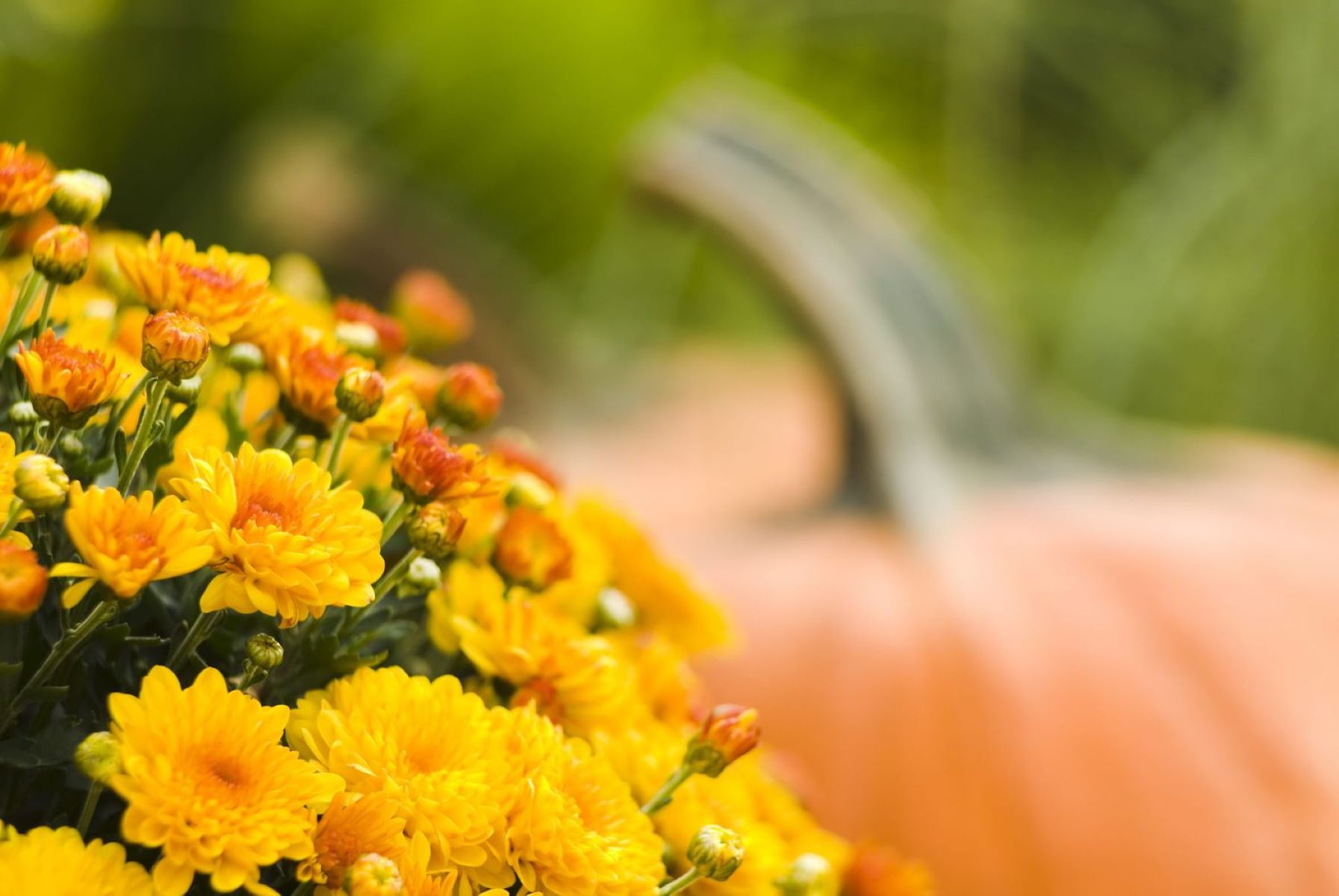

Plant Care & Gardening Tips
When To Put Mums Out
Modified: March 2, 2024
Learn when to put mums out with our expert plant care and gardening tips. Find out the best time to transplant and care for your mums for a beautiful garden.
(Many of the links in this article redirect to a specific reviewed product. Your purchase of these products through affiliate links helps to generate commission for Storables.com, at no extra cost. Learn more)
Best Time to Plant Mums
Planting mums, also known as chrysanthemums, at the right time is crucial for their successful growth and vibrant blooms. These colorful and hardy perennials are a popular choice for many gardeners due to their ability to thrive in various climates and soil conditions. To ensure that your mums establish strong roots and produce an abundance of flowers, it's essential to plant them at the optimal time.
The best time to plant mums is in the early spring or late summer. In regions with mild winters, early spring planting allows the mums to establish their root systems before the heat of summer sets in. This timing provides them with ample time to acclimate to their new environment and prepare for the following winter. On the other hand, in areas with harsh winters, late summer planting gives the mums a head start in establishing roots before the arrival of frost.
By planting mums during these periods, you provide them with the ideal conditions for growth. The moderate temperatures and consistent moisture levels during spring and late summer create a favorable environment for the mums to adapt and flourish. Additionally, planting during these times allows the mums to benefit from the natural growth cycles of the seasons, enabling them to develop robust root systems and sturdy foliage.
It's important to note that planting mums too late in the fall may not provide them with sufficient time to establish themselves before the onset of winter. This can leave the plants vulnerable to frost damage and hinder their ability to survive the cold season. Conversely, planting mums too early in the spring, especially in regions prone to late frosts, may expose the tender new growth to potential harm.
By being mindful of the best times to plant mums, you can set the stage for their long-term health and vitality. Whether you choose to plant them in the early spring or late summer, ensuring that the mums have ample time to settle into their new surroundings will contribute to their overall resilience and ability to produce stunning blooms year after year.
Key Takeaways:
- Plant mums in early spring or late summer for strong roots and vibrant blooms. Choose a sunny, sheltered spot with well-draining soil to ensure their long-term health and beauty.
- Transplant mums from pots to the garden in early spring or late summer. Water them well and monitor their growth for a successful transition and thriving outdoor life.
Read more: When To Put Out Ryegrass Seed
Ideal Weather Conditions for Planting Mums
The ideal weather conditions for planting mums play a pivotal role in determining the success of these vibrant perennials in your garden. Mums thrive in environments that offer a delicate balance of sunlight, moisture, and moderate temperatures, allowing them to establish strong root systems and produce an abundance of colorful blooms.
Sunlight: Mums flourish in areas that receive ample sunlight. When selecting a location for planting, choose a spot that receives at least six hours of direct sunlight per day. This ensures that the mums receive the necessary light to fuel their photosynthesis process, promoting healthy growth and vibrant flower production.
Temperature: Moderate temperatures are key to the successful establishment of mums. Planting them during periods of mild weather, such as early spring or late summer, provides an optimal environment for their growth. Avoid planting mums during extreme heat or cold, as these conditions can stress the plants and impede their ability to thrive.
Moisture: Adequate moisture levels are essential for the health of mums. While they prefer well-draining soil, it's important to ensure that they receive consistent moisture, especially during the initial stages of planting. Avoid overwatering, as this can lead to root rot, but strive to maintain a balanced level of soil moisture to support healthy growth.
Wind Protection: Mums benefit from a sheltered location that offers protection from strong winds. Excessive wind can damage the delicate foliage and flowers of mums, compromising their overall health and appearance. When selecting a planting site, consider areas that are shielded from harsh winds to provide the mums with a conducive environment for growth.
Frost Considerations: In regions prone to late frosts, it's crucial to time the planting of mums carefully. Planting too early in the spring can expose the tender new growth to potential frost damage. Conversely, late summer planting allows the mums to establish roots before the arrival of frost, ensuring their resilience during the colder months.
By taking into account these ideal weather conditions, you can create an optimal environment for planting mums, setting the stage for their long-term success in your garden. Providing the mums with the right balance of sunlight, temperature, moisture, and protection from harsh elements will contribute to their overall health and ability to thrive year after year.
How to Prepare the Soil for Mums
Preparing the soil for mums is a crucial step in ensuring the optimal growth and development of these vibrant perennials. By creating a nutrient-rich and well-draining environment, you can provide the mums with the essential foundation for establishing strong root systems and producing an abundance of colorful blooms. Here's a comprehensive guide on how to prepare the soil to set the stage for the successful growth of mums in your garden:
1. Soil Selection:
Begin by selecting a well-draining soil mix that provides a balance of moisture retention and aeration. A loamy soil with good drainage capabilities is ideal for mums, as it allows excess water to flow away from the roots while retaining essential moisture for plant uptake.
2. Soil Testing:
Conduct a soil test to assess the pH level and nutrient content of the soil. Mums thrive in slightly acidic to neutral soil with a pH range of 6.0 to 7.0. If the soil pH is outside of this range, amendments can be made to adjust the acidity level and create an optimal growing environment for the mums.
Read more: When Will Mums Be For Sale
3. Organic Matter Addition:
Incorporate organic matter, such as compost or well-rotted manure, into the soil to enhance its fertility and structure. Organic matter enriches the soil with essential nutrients, improves its water retention capacity, and promotes beneficial microbial activity, creating a hospitable environment for the mums to thrive.
4. Fertilization:
Prior to planting, apply a balanced, slow-release fertilizer to the soil to provide the mums with the necessary nutrients for healthy growth. Select a fertilizer with a formulation specifically designed for flowering plants, ensuring that it contains a balanced ratio of essential nutrients, including nitrogen, phosphorus, and potassium.
5. Soil Preparation:
Thoroughly mix the organic matter and fertilizer into the soil, ensuring even distribution of nutrients throughout the planting area. Use a garden fork or tiller to work the amendments into the soil to a depth of 12 to 18 inches, creating a well-blended and nutrient-rich planting bed for the mums.
6. Soil Moisture Management:
Ensure that the soil is adequately moist but not waterlogged before planting the mums. Proper soil moisture is essential for the initial establishment of the plants and supports the development of healthy root systems. Avoid planting mums in excessively dry or waterlogged soil, as these conditions can hinder their growth and overall health.
By following these steps to prepare the soil for mums, you can create an optimal growing environment that promotes their long-term health and vitality. Providing the mums with nutrient-rich, well-draining soil sets the stage for their successful establishment and prolific blooming, allowing you to enjoy their vibrant colors and beauty in your garden for years to come.
Read more: When To Divide Mums
Tips for Planting Mums in the Garden
When it comes to planting mums in your garden, following a few essential tips can make a significant difference in the successful establishment and long-term health of these vibrant perennials. Here are some valuable tips to consider as you prepare to plant mums in your garden:
-
Selecting the Right Location: Choose a planting site that receives ample sunlight and offers well-draining soil. Mums thrive in areas with at least six hours of direct sunlight per day, promoting robust growth and abundant flower production. Additionally, ensure that the chosen location provides protection from strong winds, as excessive wind can damage the delicate foliage and flowers of mums.
-
Spacing Considerations: When planting mums, allow adequate spacing between individual plants to facilitate proper air circulation and prevent overcrowding. This not only promotes healthier growth but also reduces the risk of disease and pest infestations. Typically, spacing mums 18 to 24 inches apart allows them to thrive and expand without competition.
-
Planting Depth: Pay attention to the planting depth when setting the mums in the soil. Ensure that the root ball is positioned at the same level as the surrounding soil, neither too deep nor too shallow. Planting mums at the appropriate depth encourages strong root development and stabilizes the plants, contributing to their overall resilience.
-
Watering Practices: After planting, water the mums thoroughly to settle the soil and provide essential moisture to the newly established plants. Subsequently, maintain a consistent watering schedule, ensuring that the soil remains evenly moist but not waterlogged. Avoid overwatering, as this can lead to root rot, while insufficient moisture can hinder the mums' growth and flower production.
-
Mulching Benefits: Apply a layer of organic mulch around the base of the mums to conserve soil moisture, suppress weed growth, and regulate soil temperature. Organic mulch, such as shredded bark or compost, provides a protective barrier for the roots and enhances the overall health of the mums. However, ensure that the mulch does not directly touch the stems or foliage to prevent potential issues with moisture retention and pest activity.
-
Deadheading and Pruning: Regular deadheading, which involves removing spent flowers, encourages continuous blooming and maintains the aesthetic appeal of the mums. Additionally, light pruning in the early spring promotes bushier growth and enhances flower production. By removing dead or leggy growth, you can rejuvenate the mums and stimulate vigorous new growth.
By incorporating these tips into your approach to planting mums in the garden, you can create an optimal environment for their growth and ensure their long-term success. From selecting the right location to implementing proper watering and maintenance practices, these tips empower you to cultivate thriving mums that enrich your garden with their vibrant colors and beauty.
When to Transplant Mums from Pots to the Garden
Transplanting mums from pots to the garden is a pivotal step in their journey towards establishing strong roots and flourishing in an outdoor environment. The timing of this transition plays a crucial role in ensuring the mums' successful adaptation to the garden and their ability to thrive in the long run. Here's a detailed exploration of the optimal timing for transplanting mums from pots to the garden, along with essential considerations to maximize their growth and blooming potential.
Early Spring or Late Summer Transplanting
The ideal time to transplant mums from pots to the garden is during the early spring or late summer. These periods offer favorable conditions for the mums to acclimate to their new surroundings and establish robust root systems. In regions with mild winters, early spring transplanting provides the mums with ample time to settle into the garden before the onset of summer heat. This timing allows them to develop strong roots and foliage, preparing them for the following winter. On the other hand, in areas with harsh winters, late summer transplanting gives the mums a head start in adapting to the outdoor environment, enabling them to fortify their roots before the arrival of frost.
Considerations for Transplanting
When preparing to transplant mums from pots to the garden, it's essential to consider several factors to ensure a smooth and successful transition. Firstly, assess the weather conditions and aim to transplant the mums when the threat of frost has passed in the spring or before the onset of extreme heat in late summer. This timing minimizes stress on the plants and provides them with an optimal environment for growth.
Additionally, evaluate the mums' growth stage and overall health before transplanting. Look for signs of new growth and healthy foliage, indicating that the mums are actively growing and ready for the transition. Avoid transplanting mums that are in a dormant or stressed state, as they may struggle to establish themselves in the garden.
Read more: When To Plant Mums In Ohio
Soil Preparation and Planting Technique
Prior to transplanting, prepare the garden soil by incorporating organic matter and ensuring proper drainage. Select a planting site that receives adequate sunlight and offers well-draining soil, providing the mums with an optimal environment for growth. When transplanting, gently remove the mums from their pots, taking care not to disturb the root ball excessively. Plant them at the same depth as they were in the pots, ensuring that the soil is firmly packed around the roots to provide stability and support.
Post-Transplant Care
After transplanting, water the mums thoroughly to help them settle into the garden soil. Maintain a consistent watering schedule, ensuring that the soil remains evenly moist during the initial establishment period. Monitor the mums closely for any signs of stress or wilting, and provide them with the necessary care and attention as they adapt to their new environment.
By transplanting mums from pots to the garden at the optimal time and following essential care guidelines, you can set the stage for their successful growth and prolific blooming. This strategic approach maximizes the mums' potential to thrive in the garden, allowing you to enjoy their vibrant colors and beauty as they become integral components of your outdoor landscape.
Frequently Asked Questions about When To Put Mums Out
Was this page helpful?
At Storables.com, we guarantee accurate and reliable information. Our content, validated by Expert Board Contributors, is crafted following stringent Editorial Policies. We're committed to providing you with well-researched, expert-backed insights for all your informational needs.
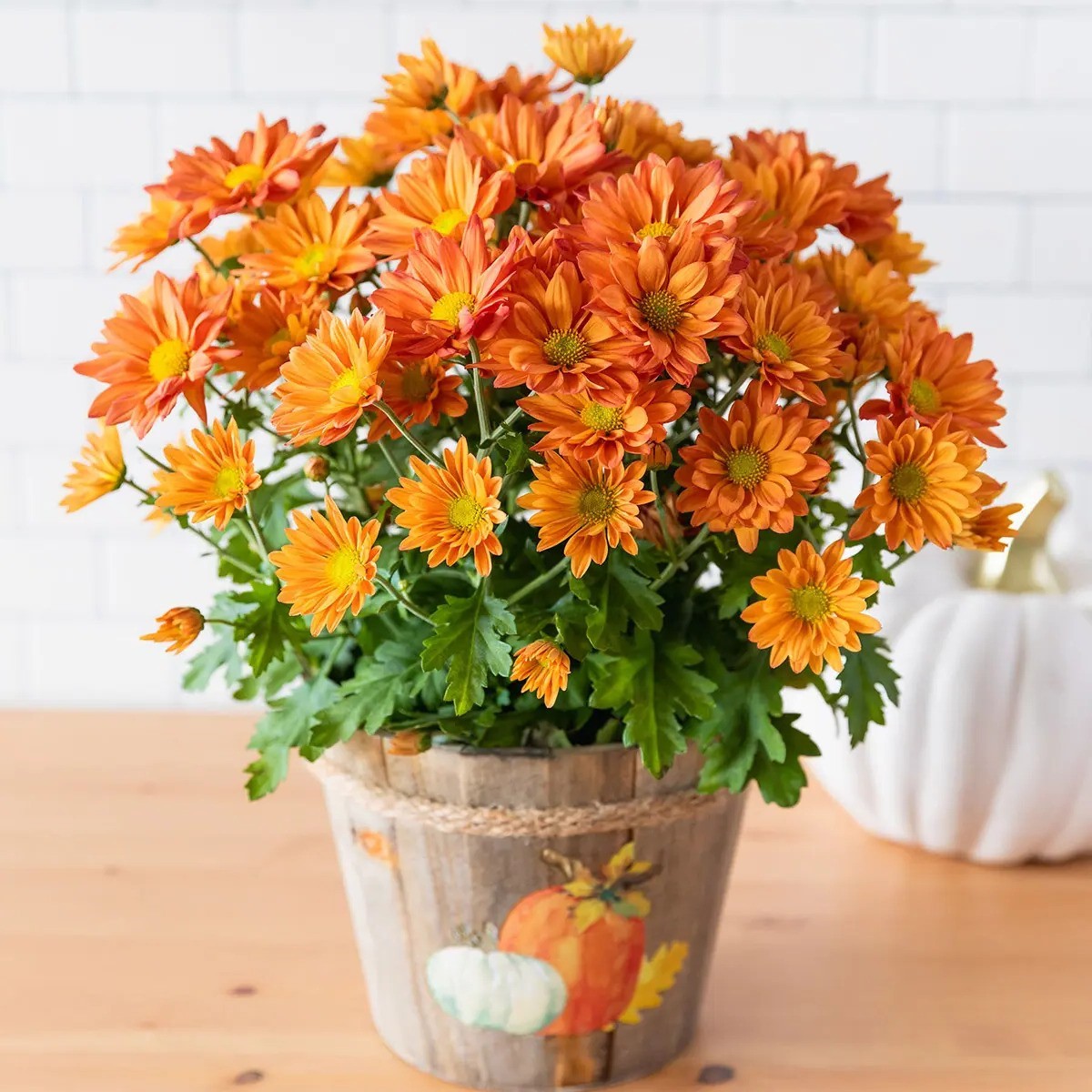
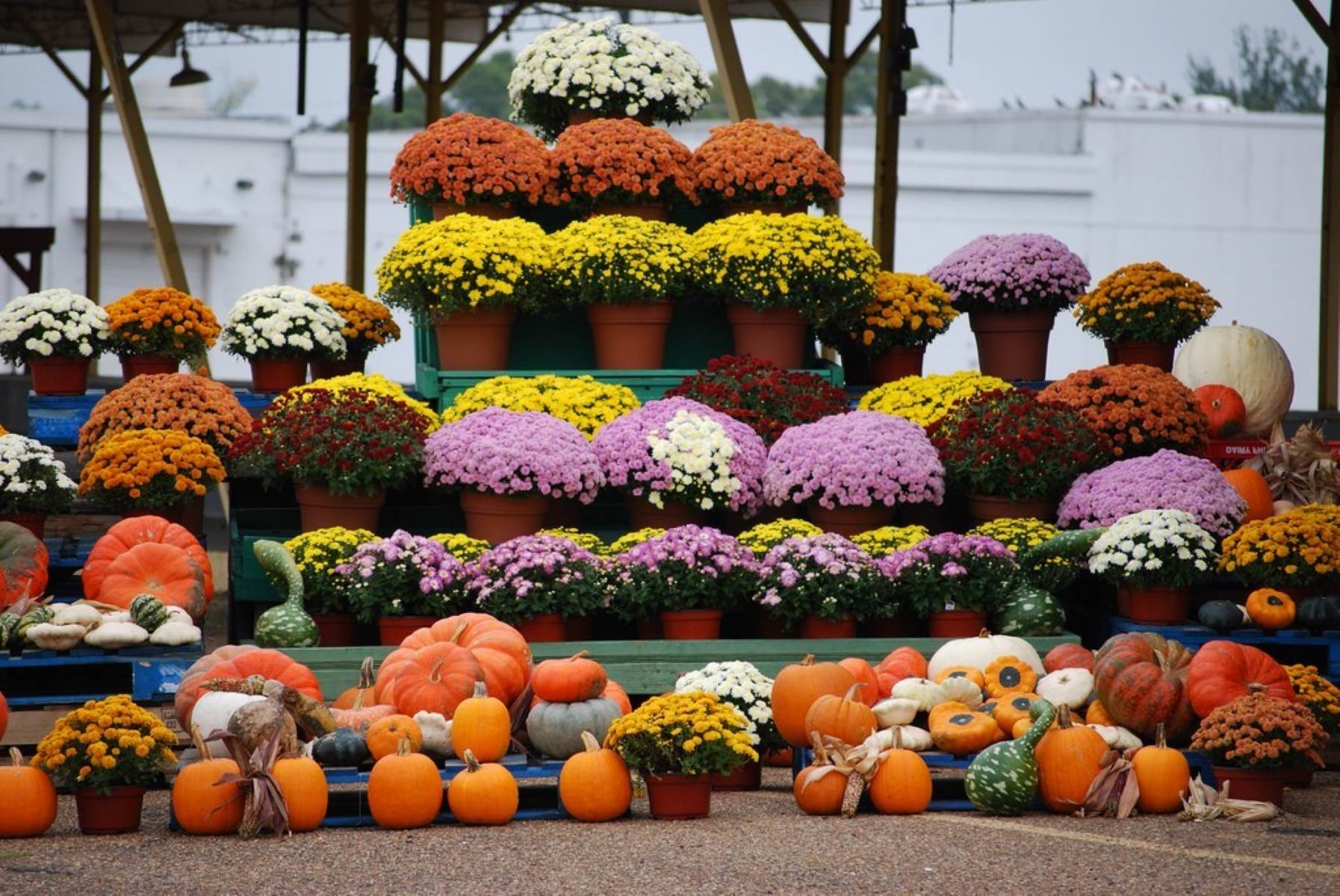
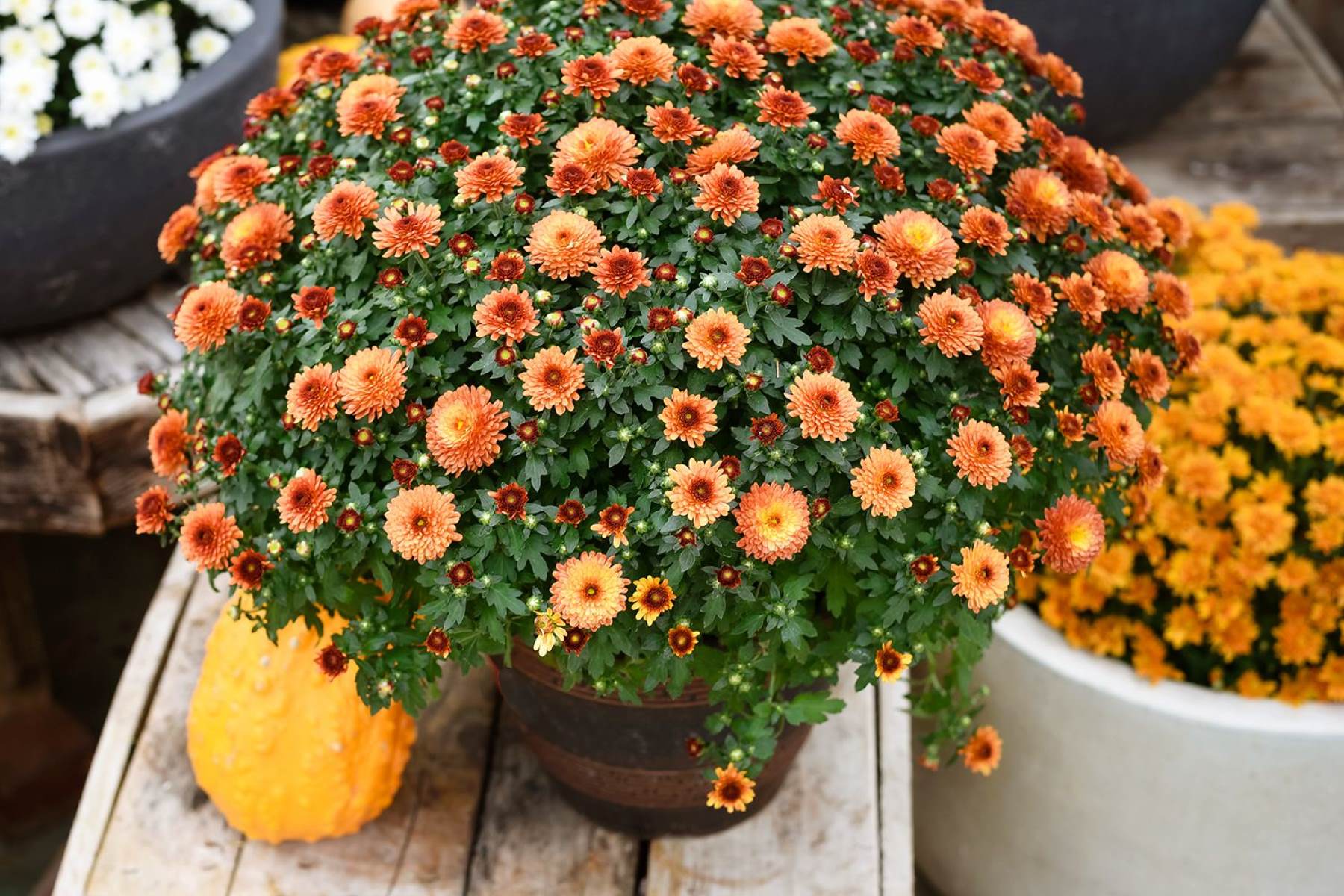
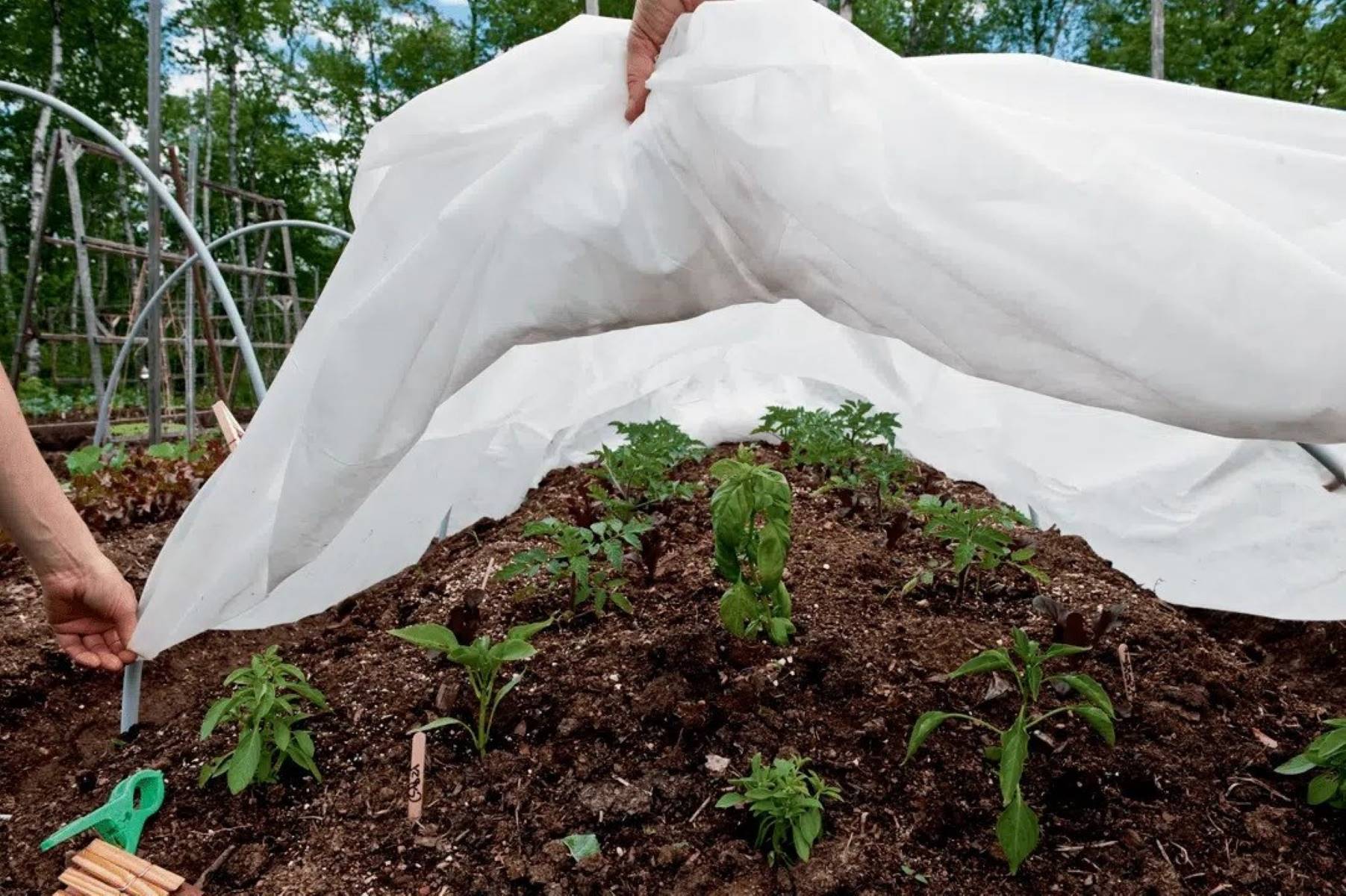
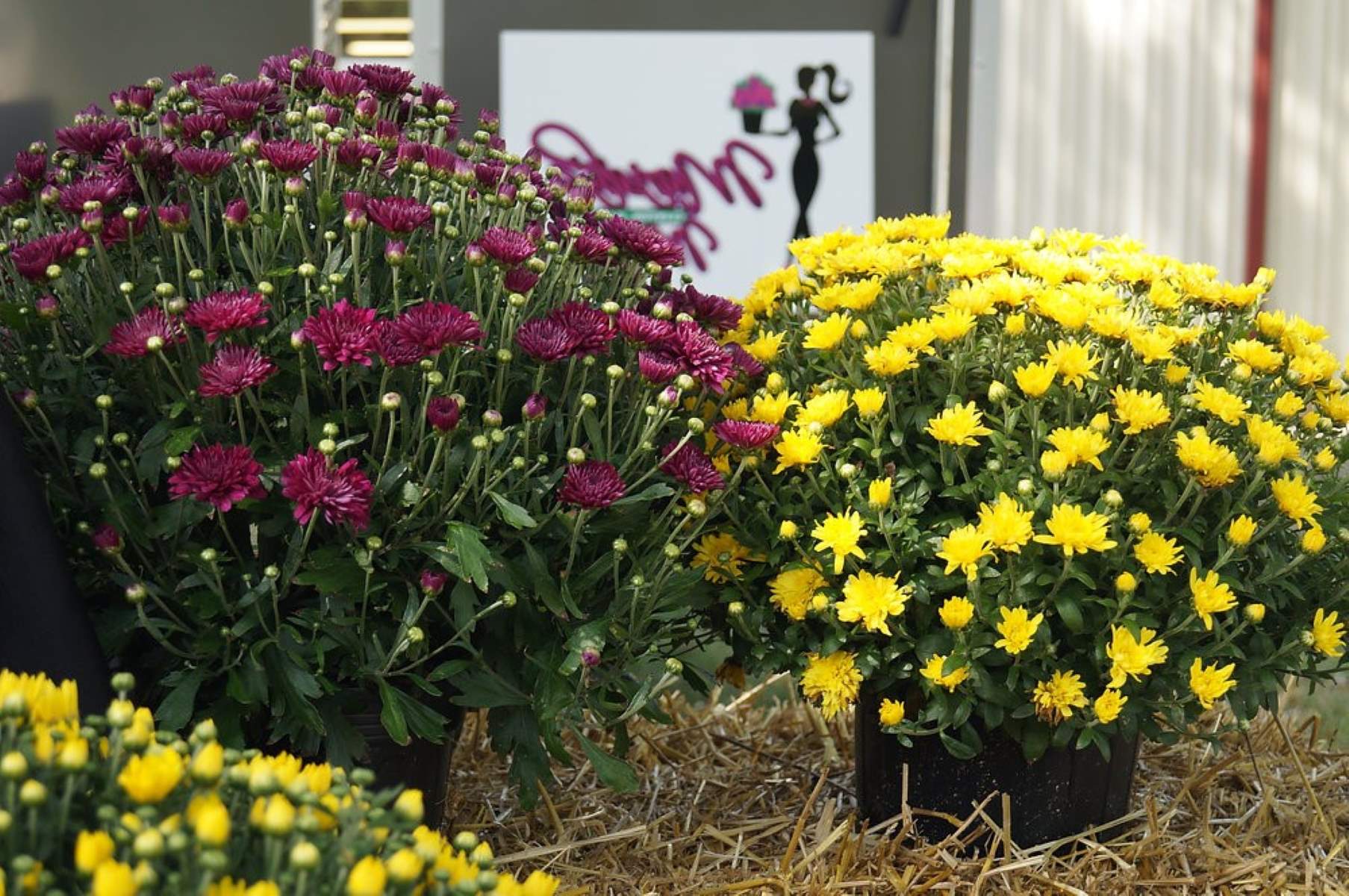
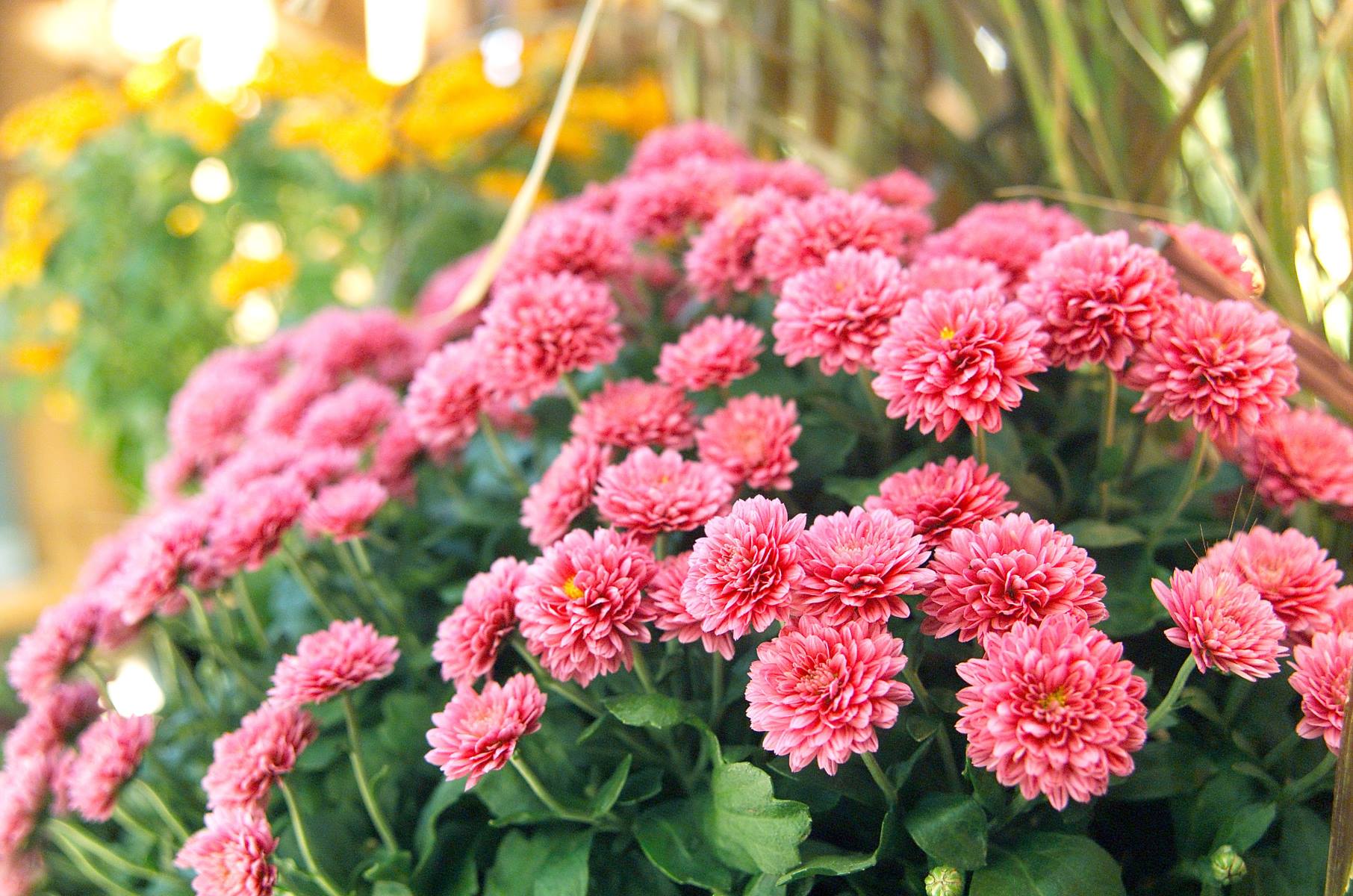
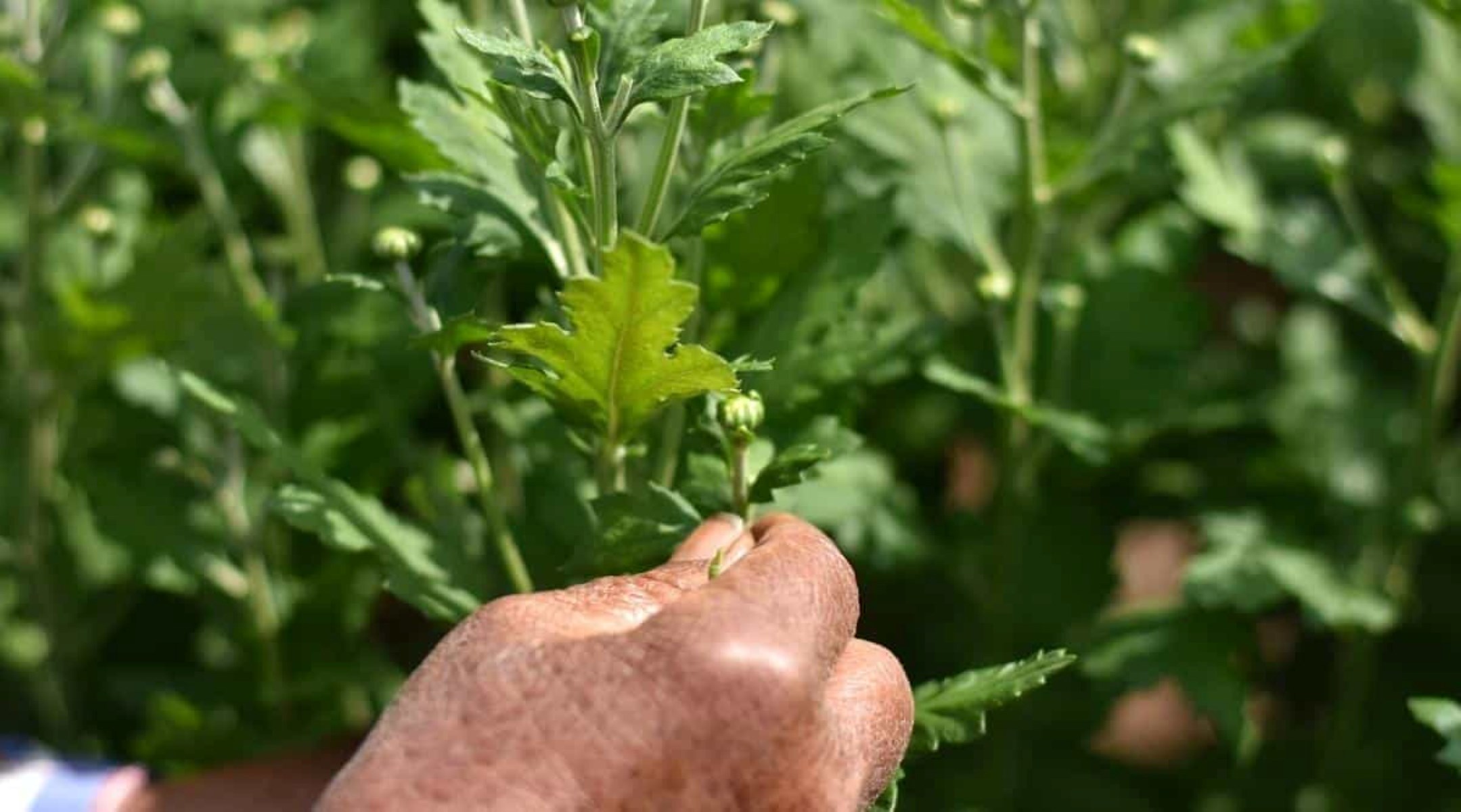
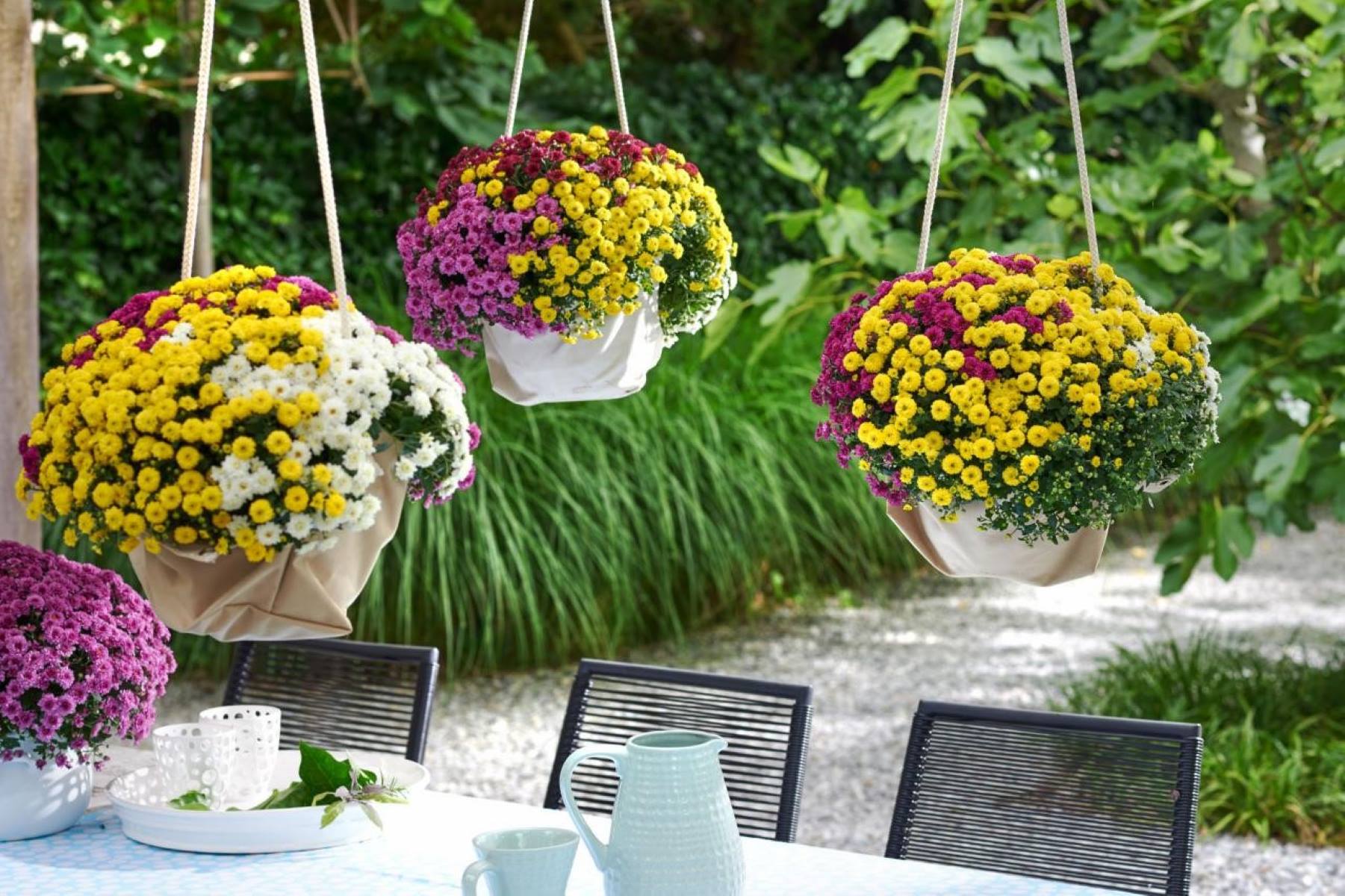
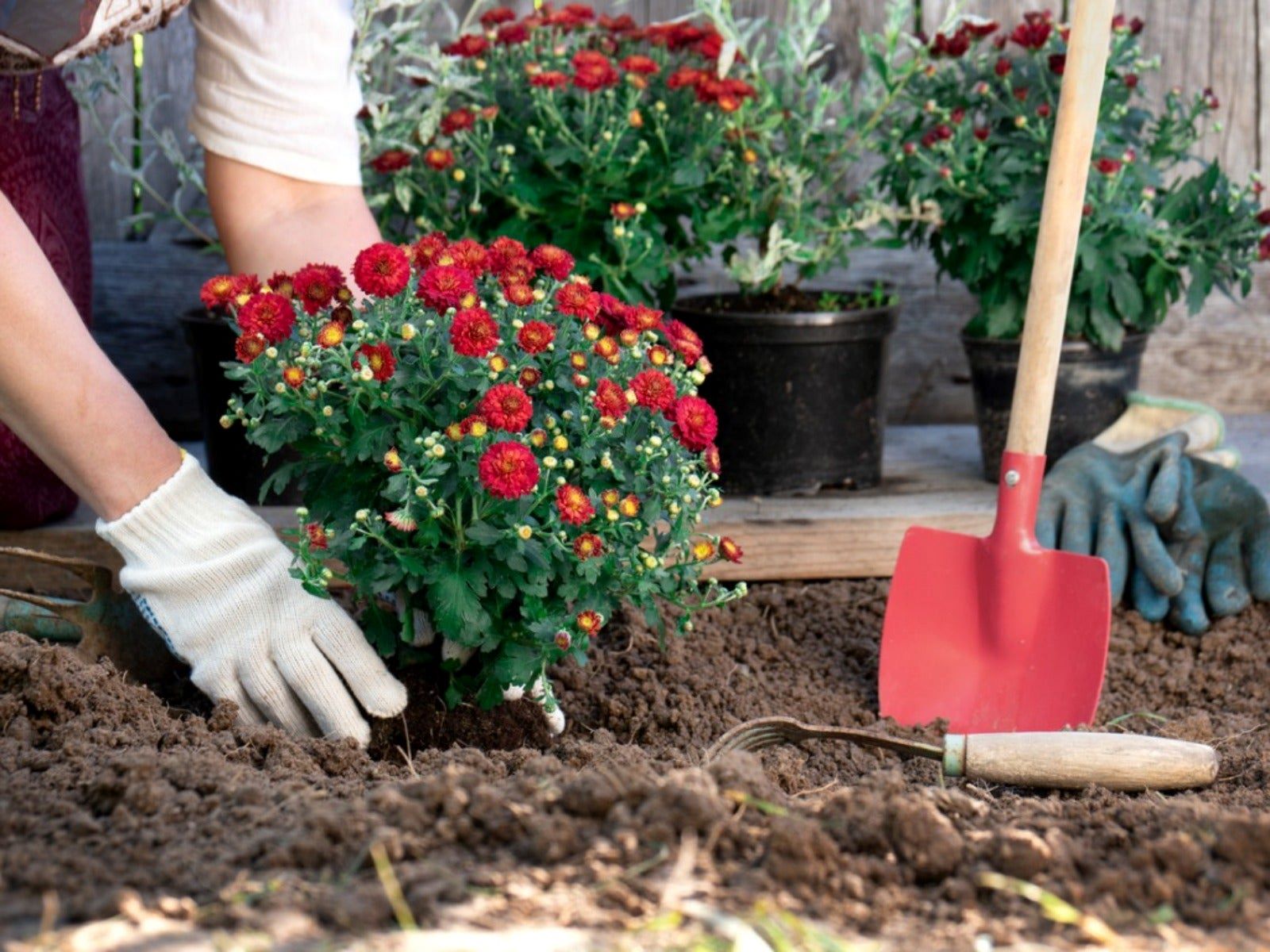




0 thoughts on “When To Put Mums Out”